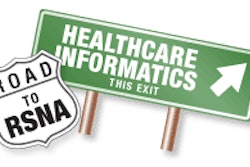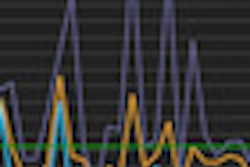Thursday, November 29 | 10:50 a.m.-11:00 a.m. | SSQ09-03 | Room S402AB
In this scientific session, researchers will share how a decision-support system can provide radiologists with real-time and patient-specific guidance during the image interpretation process.For radiologists, accurate and efficient interpretation requires accessing pertinent knowledge related to the patient whose imaging studies are being read. However, there's been an explosion in written information resources that is difficult for radiologists to incorporate into their decision-making process, said study co-author Dr. Daniel Rubin of Stanford University.
As a result, the researchers sought to develop a decision-support system that could provide real-time access to radiological knowledge appropriate for the specific imaging features being evaluated. Making use of a semantic Wiki that can be read by humans as well as by computers for use in decision support, the team encoded knowledge about focal liver lesions from a radiology textbook.
They then developed a decision-support system that provides the appropriate differential diagnosis and diagnostic confidence in response to a set of imaging observations input by the user. During evaluation, five of six radiologists read cases faster and more accurately with the use of the system.
"It's not practical for radiologists to go looking for things online; it takes up too much time and there's too much to look for," Rubin said. "There are computational methods that can put that knowledge into a computer, and informatics ways to get it delivered just in time to a radiologist during interpretation, kind of like injecting the knowledge they need into the radiologist when they need it. That is a possible paradigm and it can improve radiologist interpretation."




















